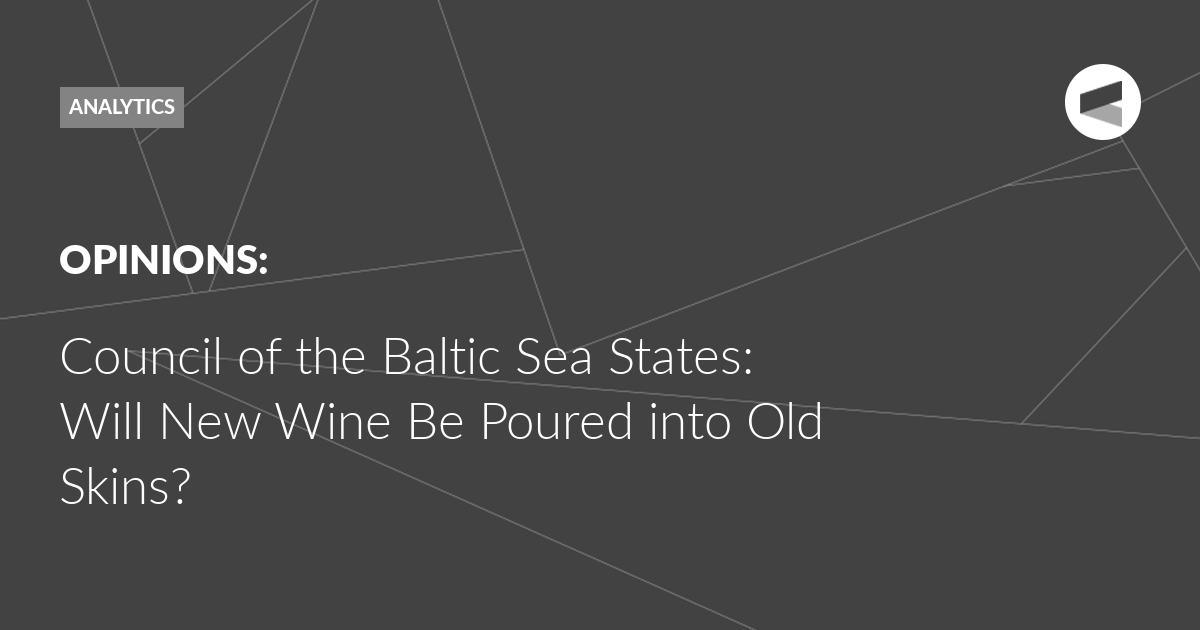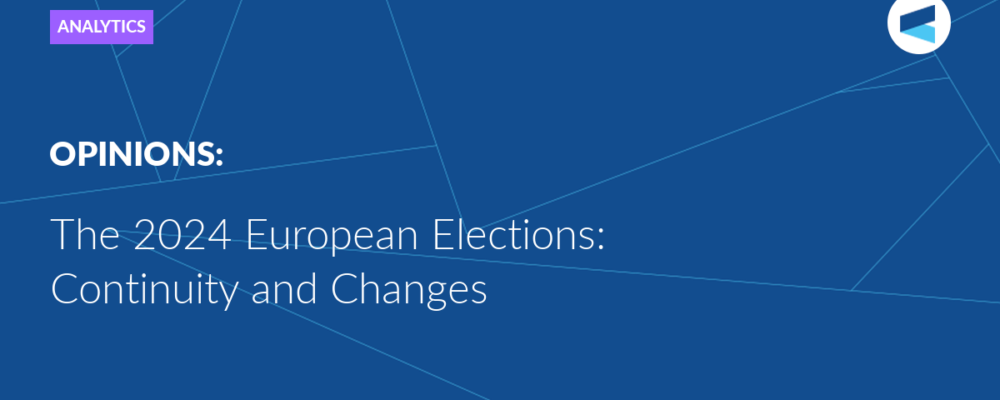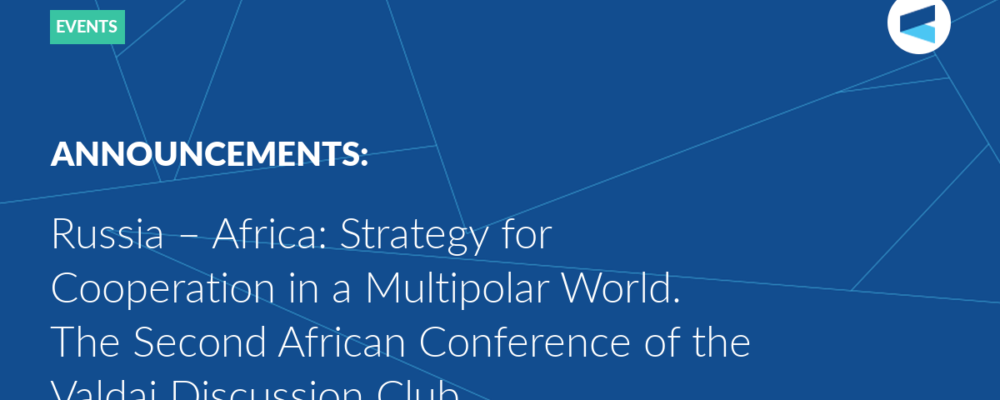The Council of the Baltic Sea States (CBSS) is an international regional organisation which was created on a wave of romantic fascination with the end of the Cold War. It has gone through several stages of searching for a programmatic and organisational identity.
A wonderful chance to decisively address truly common problems on the scale of the entire region at the intergovernmental level was not realized: the collective search for areas of collective efforts was unsuccessful – it was not clear whether the CBSS would evolve into a regional OSCE (human rights, democratic institutions and procedures, security), or a regional UNESCO (cultural heritage and education), or some other hybrid version of the existing forums, councils and initiatives. The Baltic region has a long tradition of building regional cooperation projects, since the union of the German cities of Lübeck and Hamburg, which evolved into the Hanseatic League, a successful trade and economic bloc with developed military-political potential from the “Neva to the Netherlands”. The principles and practices of interaction between the members of the Hansa, including the use of coercion (as in the case of the war with Denmark in 1367-1370), contributed to the intensification of regional trade and entrepreneurship, as well as the spread of technologies and standards – which laid the foundations for the economic power of the large states that emerged in the Baltic region in the 17th – 18th centuries.
The 18th century marks the beginning of the era of clashes of empires in the Baltic, which determined the nature of interaction of states until the First World War: military-political and trade-economic cooperation became the resultant vectors of forces and relationships of the great powers – Russia, Sweden, Denmark and the Kingdom of Prussia. The decline of historical empires and the emergence of new independent states on the Baltic coast, including those too small in territory, population and potential, following the First World War, brought a new quality to regional interaction: large states had to get used to “geographical novelties” [ in 1929 Vladimir Mayakovsky in “Poem about the Soviet Passport” described a clash between a policeman at a border checkpoint with the passport of a new country for him – so-called Poland: “At Polish passports they bulge out their eyes in thick-skulled policemen’s donkeyness, as if to say: what the devil are these geographical
novelties?”] and build principles of political. trade and economic relations with small states.
The shaking up of the “puzzles” of the political map of the Baltic region after the Second World War and the “new post-war world” divided the region with an iron curtain, creating a curious situation where the development of regional interstate, trade-economic and cultural-educational interaction was isolated within the opposing blocs: NATO and the Warsaw Pact. In the military planning for the Cold War to turn into a hot war, the Baltic region was assigned the role of a military operations theatre – the parties were increasing their offensive and defensive potential, conducting command and staff games and full-fledged exercises to capture/defend the Danish straits, break through to industrial centres and block naval bases. Sweden and Finland, which remained neutral at that time, balanced between the two poles of power, and only recently, when the opportunity presented itself, wrote off neutrality as a liability for not corresponding to the international situation.
The key factor in the construction of a new regional subsystem of international relations in the Baltic Sea region happened at the turn of the 20th and 21st centuries: the collapse of the USSR, the collapse of the Warsaw Pact, the unification of Germany and the reappearance of the Baltic states on the political map in the context of a romantic notion of the “end of history”. At the suggestion of Hans-Dietrich Genscher and Uffe Ellemann-Jensen, the Foreign Ministers of Germany and Denmark, the Council of the Baltic Sea States was established in March 1992 at a conference of foreign ministers of countries with direct access to the Baltic Sea and Norway (which is traditionally perceived as a country with dual regional affiliation – both “northern” and “Baltic”). This event became a symbolic beginning of a phase of intensive interstate interaction in the region at a new stage of the historical process. The Declaration of the Conference of Foreign Ministers of the Baltic Sea States – the fundamental document of the conference – intended to create conditions for interaction between the participating states, guided by the principles laid down in the UN Charter, the Helsinki Final Act, the Charter of Paris and other CSCE documents.
The goal of the CBSS was proclaimed to be “agreement between countries that will lead to the strengthening of political and economic stability, as well as regional unity” (see the above-mentioned “Declaration”). The same Declaration also identified six priority areas of interaction between states, which became the content of the first stage of the CBSS’s activities (1992–2008) – let’s call it the “stage of fading romanticism”:
• Assistance to new democratic institutions;
• Economic and technical assistance and cooperation;
• Humanitarian issues and healthcare;
• Environmental protection and energy;
• Cooperation in the fields of culture, education, and tourism;
• Transport and communications.
The aforementioned issues – despite their importance – were of a very general nature and did not establish specific mechanisms for using the region’s potential for the purpose of developing cooperation and mutual understanding. It was assumed that the CBSS countries would orient themselves in bilateral and multilateral interactions in the region towards the rules, standards and priorities established at annual conferences with the organising and guiding role of the country chairing the Council. By 2007, the lack of concrete results of the CBSS activities, with the parallel strengthening of the EU component in the national priorities of the Council’s member countries, began to devalue the importance of the organisation in the foreign policy strategies of the states of the region. Concerned about the dilution of the CBSS, Sweden took the initiative to breathe new life into the Council, which resulted in the adoption of the “Declaration of the Council of the Baltic Sea States on a Renewed Baltic Sea States Cooperation” at the Ministerial Meeting in Malmö on June 13, 2007, which proposed the following:
“The Council…decides to reform the CBSS on the basis of agreed priorities with a view to revitalising the Council’s activities and strengthening its resources, including the Secretariat, to focus on key areas, including the ability to develop projects of regional significance and strategic importance and to explore possibilities for attracting funding for their implementation, and, taking into account that the new Northern Dimension policy has identified the Baltic Sea region as one of its priority areas, to invite the European Union to participate in this work.”
The second stage of the Council’s work (2008 – 2014) – let’s call it a “new institutional hope” -quite reasonably assumed strengthening the functional role of the Secretariat, and substantively – building project work in priority areas of interaction:
• Environmental protection;
• Economic development;
• Energy;
• Education and culture;
• Civil security and the human dimension.
With the subsequent undeniable increase in the quality and effectiveness of interaction within the CBSS, a significant increase in the number of projects being implemented, it seems important to note the following: the key factor in dismantling the constructive work of the CBSS was the position of the new EU countries (Poland, Lithuania, Latvia and Estonia), which actively joined the development of the EU Strategy for the Baltic Sea Region – promoting the logic of turning the Baltic into an area of priority interests of the EU.
Symbolically, financially and politically, there is the concept that the Baltic as an internal sea of the EU, on the outskirts of which relations are built with Russia, Iceland, the Republic of Belarus and Norway. It was the European Commission that the newcomers to the EU saw as the authorised moderator of the regional agenda and the source of resources for transforming the region, for reducing the value of the “Russian” component of the agenda. It should be noted that the experience of developing and the fundamental model of the EU Strategy for the Baltic Sea Region (EUSBSR, 2009) were later used in developing other macro-regional strategies – for the Danube Region (EUSDR, 2010), for the Adriatic and Ionian Region (EUSAIR, 2014) and for the Alpine Region (EUSALP, 2015). During the period of the most intensive work of the Council in 2008-2013, more than sixty international initiatives, projects and associations of various levels and scopes operated under its auspices. The CBSS included the Expert Groups on Nuclear and Radiation Safety, on Sustainable Development – “Baltic-21”, on Maritime Policy, on Children at Risk, on Youth Affairs. Under the auspices of the Council, working structures were developed – the Monitoring Group for the Preservation of Cultural Heritage, the Group of Senior Officials on Cultural Issues, the Energy Cooperation Programme (BASREC), the Tax Cooperation Group, etc.
However, the CBSS was unable to implement its activities in the intended non-confrontational and non-aligned format: the growing political and economic contradictions between the countries of the region and the Ukrainian political crisis of 2014 ensured the drift of the CBSS from an institution for regional development – which, in fact, the Council was becoming as a result of rational decisions in 2008 – towards a political forum. The reunification of Crimea with Russia and the events in Ukraine became the formal reason for the cancellation of the 2014 summit planned in Finland, and in 2015 – the ministerial meeting in Estonia.
After the revision of the CBSS activities in 2014, the participating countries agreed on three very long-term shared priorities, within the framework of which the Secretariat organised the work of the Expert Commissions and other advisory and consultative formats:
• “Regional Identity”;
• “A Sustainable and Prosperous Region”;
• “A Secure Region”.
The obvious blurring of the organisation’s identity against the backdrop of escalating contradictions led to the Russian proposal, voiced in May 2020 by Sergey Lavrov, of a set of measures to strengthen cooperation within the CBSS, including a proposal to develop a new strategic document that would define the goals and objectives of Russia’s interaction with the other CBSS countries until 2030.
It should be noted that in the analysis of information on CBSS issues published on the website of the Russian Foreign Ministry (there are 656 of them in total), Russia promoted mainly substantive and expert activities of a non-political nature, without projecting an “extra-regional” agenda, with a special emphasis on the issues of sustainable development, and on large infrastructure projects – which really affect the socio-economic development of the region – with special attention to environmental issues. The escalation of the Ukraine crisis led to the Foreign Ministers of all foreign countries of the Council and the High Representative of the European Union for Foreign Affairs and Security Policy dopting a declaration March 3, 2022 on the exclusion of Russia from participation in the work of the CBSS “until the moment when cooperation can be resumed, based on the fundamental principles of international law.”
On May 17, 2022, the “Statement of the Russian Foreign Ministry on the withdrawal of the Russian Federation from the Council of the Baltic Sea States” was published, which eloquently summed up the activities of the organisation: “contradictions in the work of the CBSS have been accumulating for years… NATO and EU states within the Council have abandoned the equal dialogue and principles on which this regional structure in the Baltic was created, and are consistently turning it into an instrument of anti-Russian policy.” At the same time, the Federal Assembly of the Russian Federation adopted a decision to withdraw from the Baltic Sea Parliamentary Conference, representing an institution of inter-parliamentary dialogue on the margins of intergovernmental cooperation within the CBSS. Of course, it is pointless to deny the existing experience and value of regional cooperation: in practice, it is too important not only to build trade and economic ties, but also to develop direct communication between public organisations and municipalities in search of an exchange of best practices, and to develop a “sense of camaraderie” with a neighbour on the other side of the border – be it maritime or on land. In the new post-crisis system of international relations, it will be necessary to clearly define the goal-setting and practical results of the CBSS activities – and for Russia to consider a substantive agenda, with which (in the event of an appropriate political decision) it will be possible to discuss a return to membership in the Council.
It is possible and necessary to introduce new content and new principles into the work of the CBSS – by reorienting the regional organisation towards obvious common issues without political connotations and weighing mutual claims on the scales of justice (as well as disputes about their calibration). A good neighbourhood and mutually beneficial cooperation are the result of trust and teamwork.
It seems that strengthening the role of the Secretariat, focusing on project work, the significant financial fulfilment of the CBSS Project Fund, a meaningful agenda for resolving common problems for the Baltic Sea region in three priority areas: the environment, the preservation of historical and cultural heritage, and the development of scientific and educational cooperation without moralising or searching for deviations from so-called “democratic” norms and standards (and without discussions about the nature of democracy) could become the new wine that could be poured into the old wineskins of the Council of the Baltic Sea States.
Only time will tell if
the old agreements will hold up, if we will create new ones in the region, and
with whom, why and when.
The Valdai Discussion Club was established in 2004. It is named after Lake Valdai, which is located close to Veliky Novgorod, where the Club’s first meeting took place.
Please visit the firm link to site






